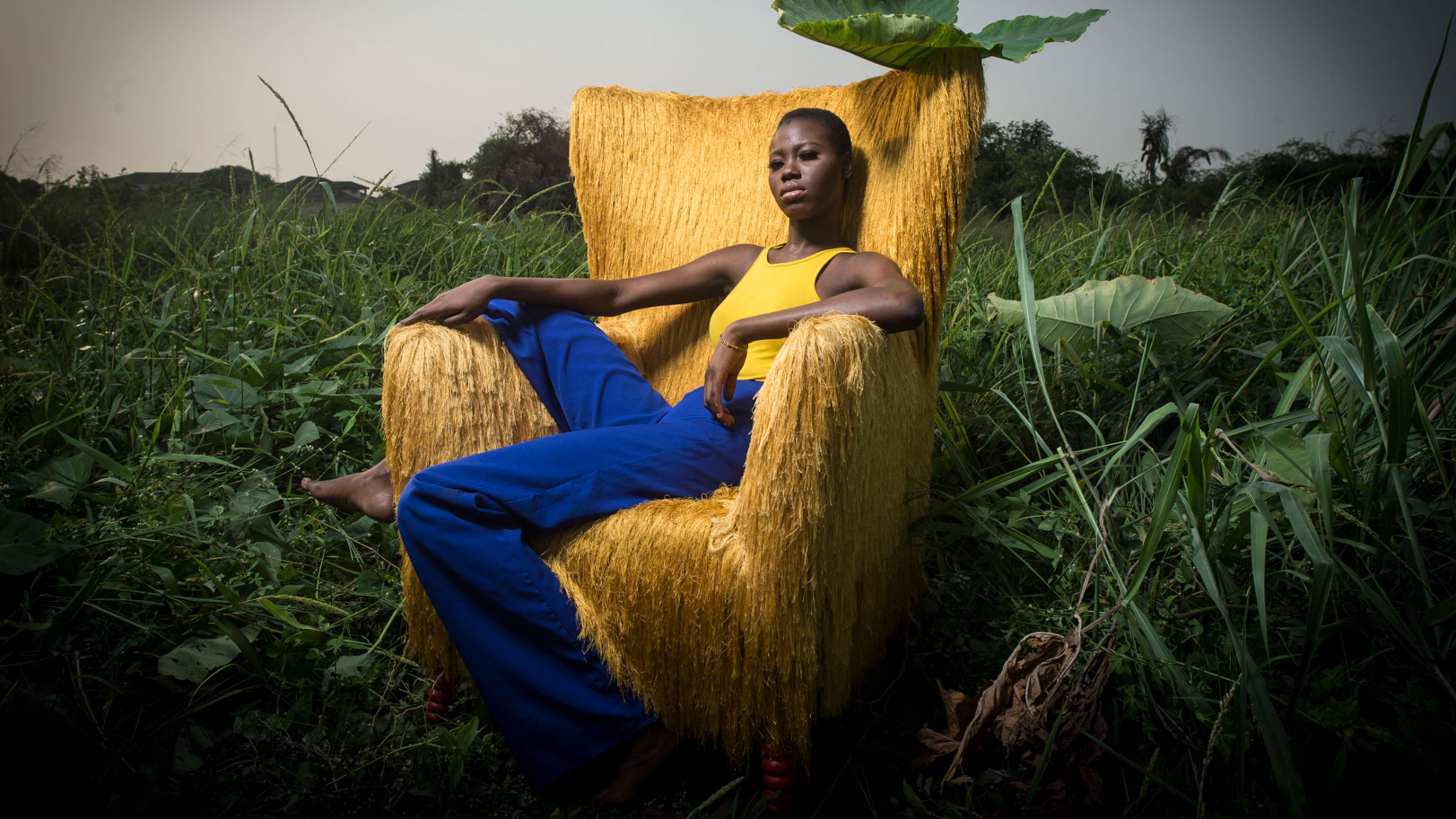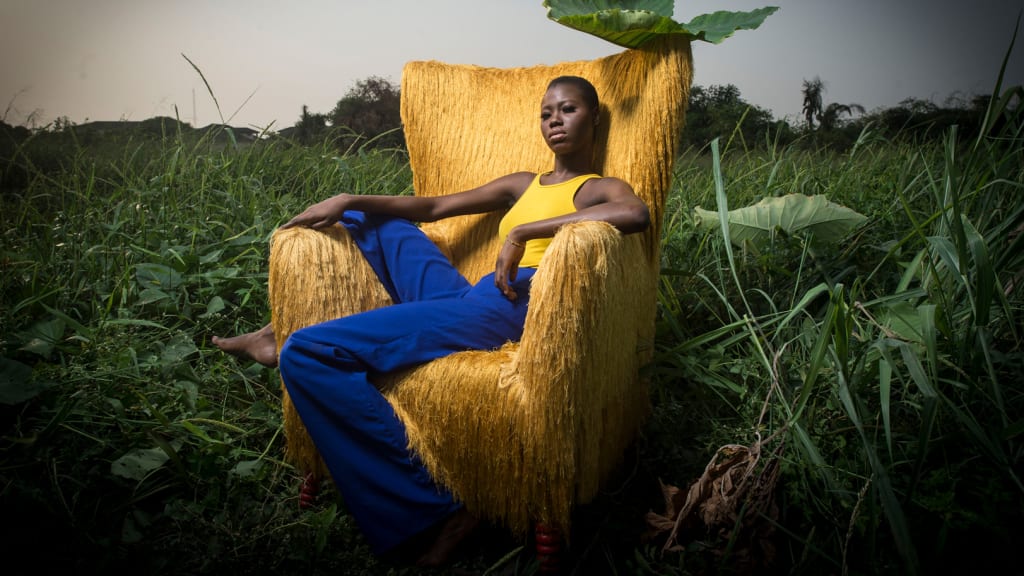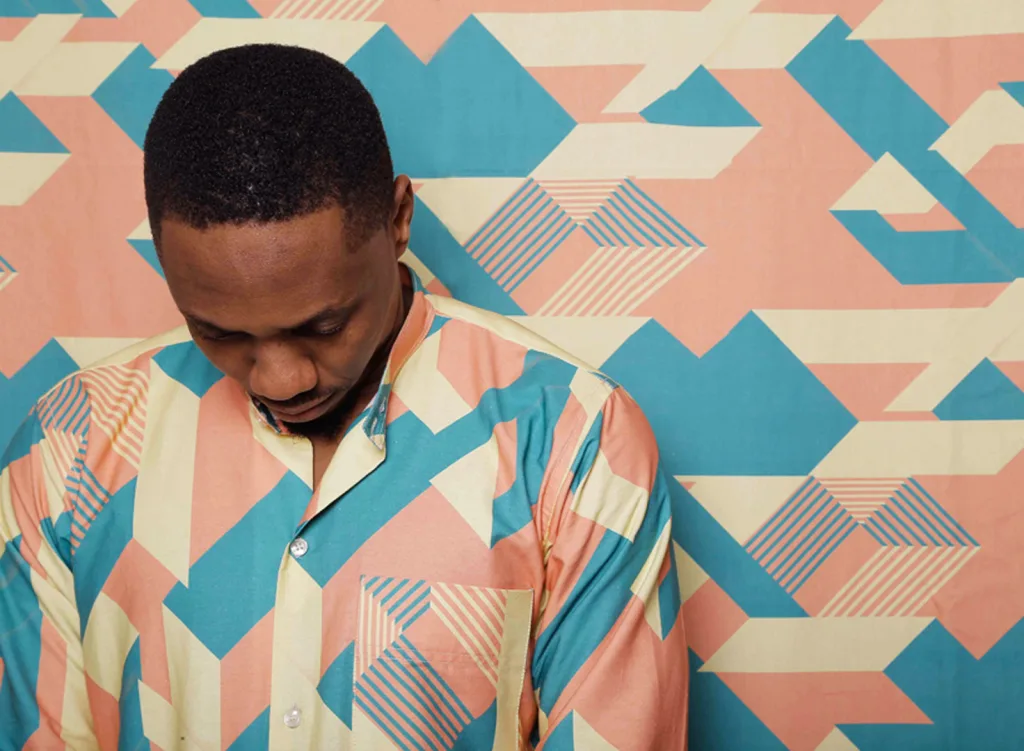Twentieth century design was defined by European movements, like Scandinavian minimalism or the German Bauhaus. Could design in the 21st century be shaped by a new generation of African designers?
Design Week Lagos certainly makes a strong case for it. The event, which starts today, features dozens of up-and-coming designers from across many disciplines, including fashion, architecture, and industrial design. And collectively, these designers offer insight into what sets African design apart, with a unique approach to materials and incorporating traditional artisanal practices into modern objects.
The event is the brainchild of Titi Ogufere, a Nigerian interior designer who has spent the last decade and a half helping to establish an infrastructure for interior designers in the country by founding a trade association and magazine devoted to the craft. In 2019, she launched the inaugural DWL as an annual event that would bring together designers from many fields and from across the African continent. The pandemic stymied her plans to grow the event in 2020, but this year, it returns with a bang, thanks in part, to a documentary Ogufere developed for Netflix—debuting next week—that will feature many of the designers she has brought together through DLW. “Given Netflix’s global reach, the documentary will give audiences from around the world a chance to see what designers are doing here in Africa,” says Ogufere. “I hope it will also force people to rethink what they know about African design.”
I spoke with three designers showing at DWL to discuss how African design is evolving.
Adebayo Oke-Lawal
Lawal knew he wanted to be a fashion designer from the time he was in his early teens and started making his own clothes. Growing up in Lagos, he was aware that there wasn’t an established fashion industry in Nigeria, but he tried to learn the craft by working as a fashion editor for a local magazine called WOW! and as a stylist for local celebrities. A decade ago, he launched his own label Orange Culture, which he describes as an effort to push back against toxic masculinity by creating pieces that are androgynous and celebrate diversity.

Orange Culture was a finalist for the prestigious LVMH prize in 2015, and has also been invited to participate in London Fashion Week. But when Lawal travels the world, he sometimes feels as if his work doesn’t fit into peoples’ narrow conception of African design, which tends to be informed by traditional, artisanal crafts like screen-printed fabrics in loud colors. “It often feels like there’s a box we’re forced into as African designers and that if we don’t fit into this stereotype, people in the West will not be interested in us,” he says. “We are very much against the ideology that African designers must conform to a colonialist stereotype.”
Lawal does incorporate African design into his clothes. Over the past decade, he’s often used traditional “adire” fabric in his garments and uses an entirely Nigerian supply chain. But he doesn’t want that to define his brand. “We don’t make that the essence of our story because we don’t care about trying to abide by someone else’s need for our work to look African according to their stereotypes. We can express ourselves in any way we choose.”
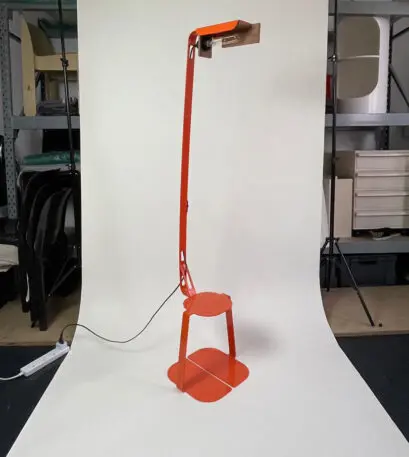
Nifemi Marcus-Bello
Industrial designer Nifemi Marcus Bello runs a small studio in Lagos where he creates furniture and installations. He loved making things as a child, and eventually studied design at the University of Leeds in England. Upon returning to Lagos a decade ago, he set up a design practice that is focused on creating furniture using industrial manufacturing processes—like sheet metal bending—that are common throughout Lagos.
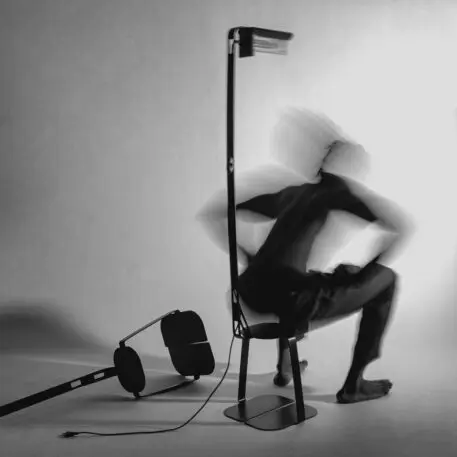
In his own studio, Bello is fascinated by figuring how to use industrial manufacturing processes to create his own products. He recently designed a stool out of sheet metal; to create it, he had to visit upwards of 15 factories and talk to the owners about how he might plug into their assembly line. Many factories turned him down. But then he found a facility that makes casings for electricity generators—which are common in Lagos because the electricity often cuts in and out—and they partnered to co-create the stool.
Bello has had to do a lot of work to transform his ideas into products. But he believes he can help lay the groundwork for the next generation of Nigerian designers. “Even though I’m a relatively young designer, I see my role as trying to put some infrastructure in place for those who will come after me so that design can be a viable career,” he says.

Tosin Oshinowo
Tosin Oshinowo is one of the best-known architects in Nigeria. She received her undergraduate and advanced degrees in architecture in London and then joined architecture firms in the United Kingdom and the Netherlands before moving back to Lagos. Oshinowo has designed everything from luxurious beachfront properties to Lagos’s iconic Maryland Mall, which has the largest LED billboards in West Africa. She’s currently working on a project for United Nations Development Programme in the northeastern part of Nigeria; the settlement will be for people who have been displaced because of Boko Haram. Oshinowo also launched a lifestyle furniture line, Ile ila, which specializes in upholstering modern chairs in traditional African prints.
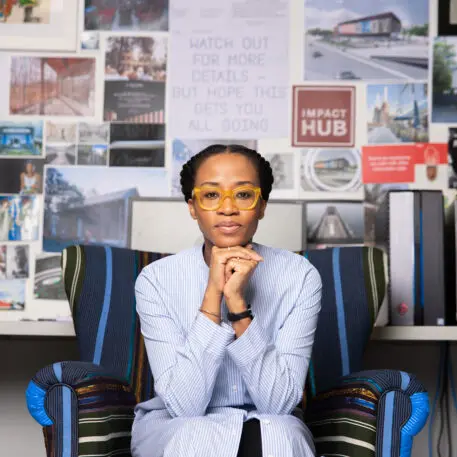
Like Bello and Lawal, Oshinowo has confronted the challenges of being a designer in Nigeria, with the lack of resources and infrastructure. But over the course of the past decade, she’s met other creators in the city who have been generous about sharing their resources. She’s turned to them for everything from learning where to dry wood to creating a particular fabric.
“The design scene in Africa did not exist at all for a long time; the movement is still in its infancy,” she says. “We don’t have an advanced manufacturing industry so many things are still done by hand. I would liken where we are today to early post-modern Europe, where things were still being made in workshops and there wasn’t yet an idea of mass production yet. What has really kept this design movement going is the power of networks.”
Recognize your brand’s excellence by applying to this year’s Brands That Matter Awards before the early-rate deadline, May 3.
